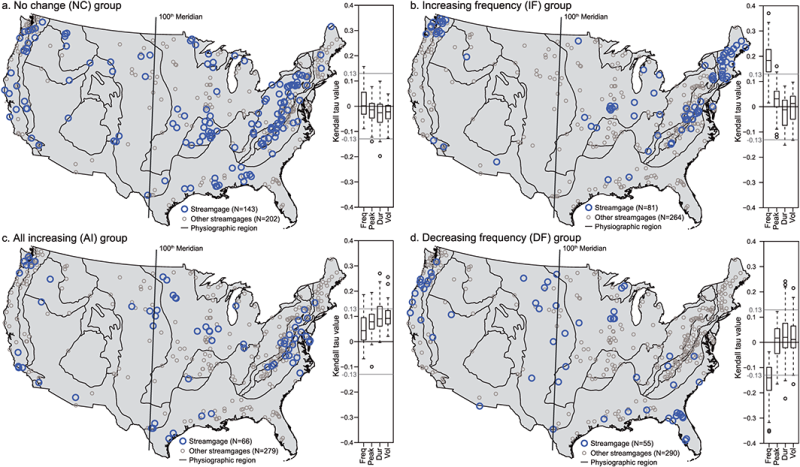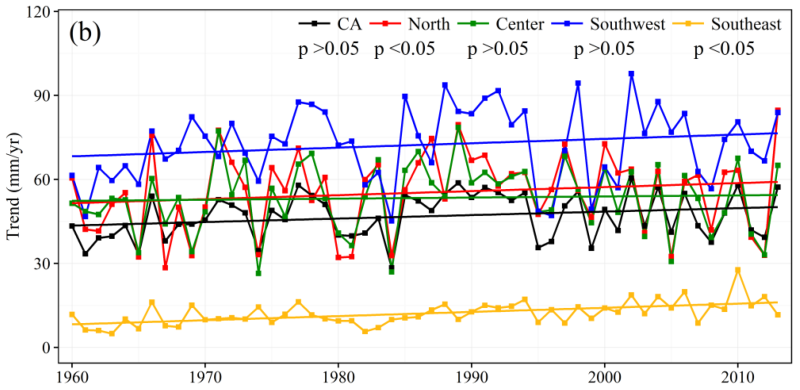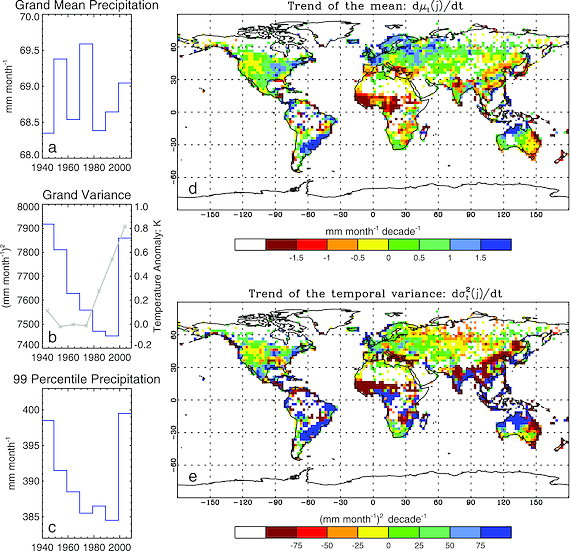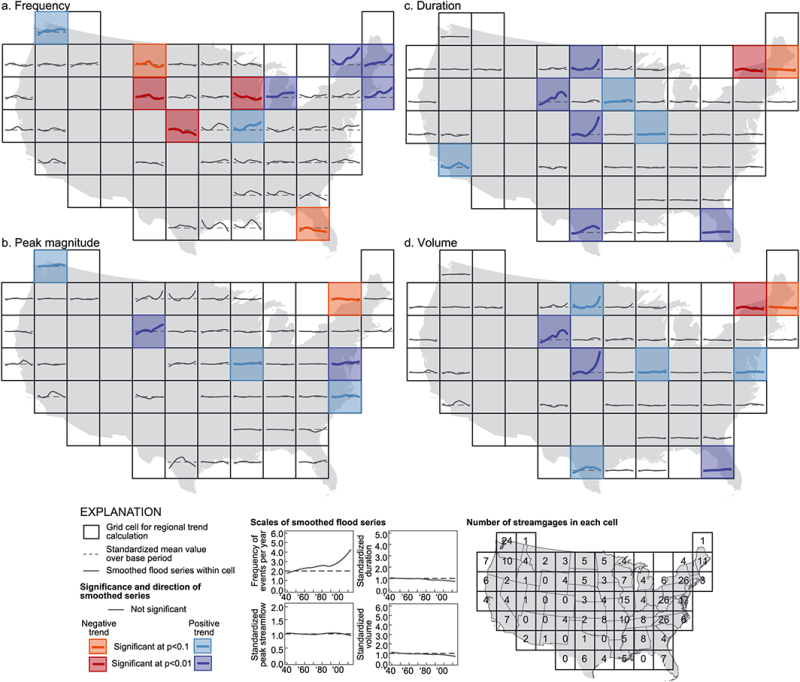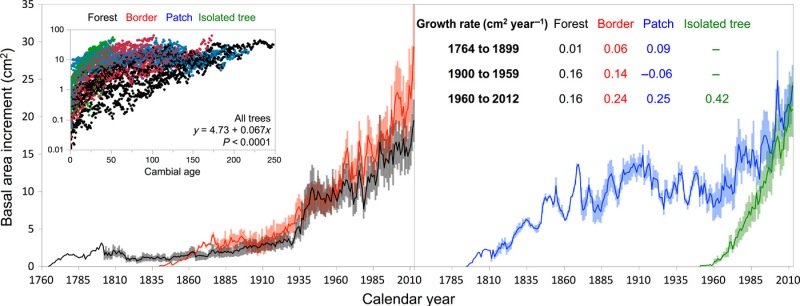Here’s a reblog of a fantastic Fabius Maximus post about a recently published scientific paper confirming what I have suspected for a long time: that narrative-style writing increases, in the realm of climate science (an especially important point), scientific papers’ (and thus their authors’) influence. This is very important to consider when discussing this issue, because it is corrupting climate science research. We’ve seen this happen time and time again. For example, a paper was published earlier in Nature this year claiming earth system sensitivity (similar to climate sensitivity) was 9 degrees Celsius, in the range of 7 to 13 degrees Celsius, and that because of the CO2 humanity has already put in the atmosphere, earth is locked into 3 to 7 degrees Celsius of warming. This was outlandish, as even the mainstream scientific community and media recognized. But it was published in perhaps the most prestigious scientific journal in the world. Why? I would say that it was because it was written in a narrative style, and I would also add that this narrative style probably actually increased the paper’s influence! This ties right in to what this paper has so importantly noted.
By Larry Kummer. Posted at the Fabius Maximus website.
Summary: A new paper provides valuable information about climate science — evidence of the politicization that helped collapse the public policy debate. The authors conclude that narratives are “used to positive effect” in peer-reviewed papers. It puts science on the slippery slope to becoming propaganda (or, in today’s jargon, “fake news”). Scientists can achieve career success but destroy the public’s esteem for science accumulated over centuries.
“Narrative Style Influences Citation Frequency in Climate Change Science“
By Ann Hillier, Ryan P. Kelly, and Terrie Klinger.
PLOS ONE, 15 December 2016.
Excerpt. Red emphasis added.
“Climate change is among the most compelling issues now confronting science and society, and climate science as a research endeavor has grown accordingly over the past decade. The number of scholarly publications is increasing exponentially, doubling every 5±6 years. The volume of climate science publications…
View original post 853 more words

![Tropical storm [image credit: BBC]](https://theclimaterealistsresource.files.wordpress.com/2016/12/storm16.jpg?w=300&h=171)

